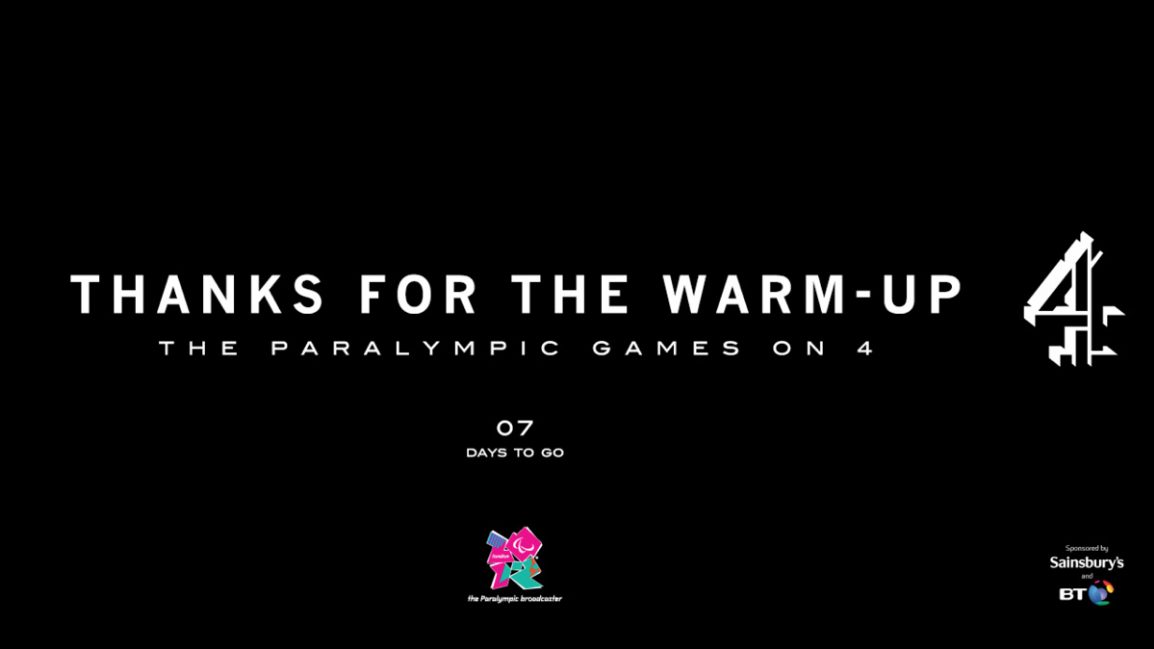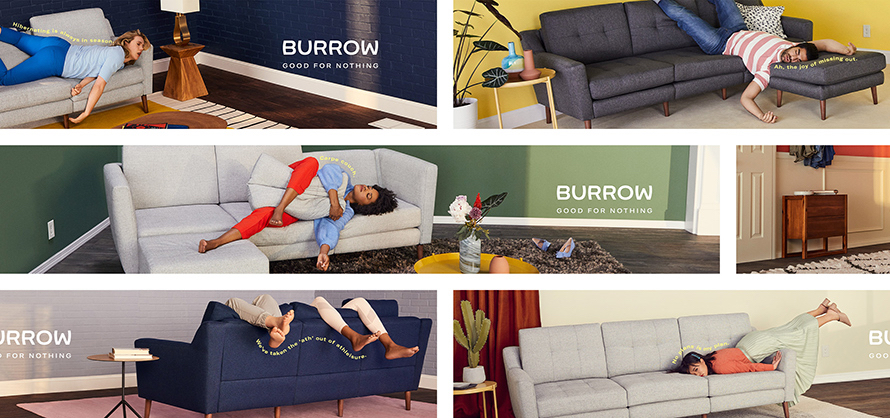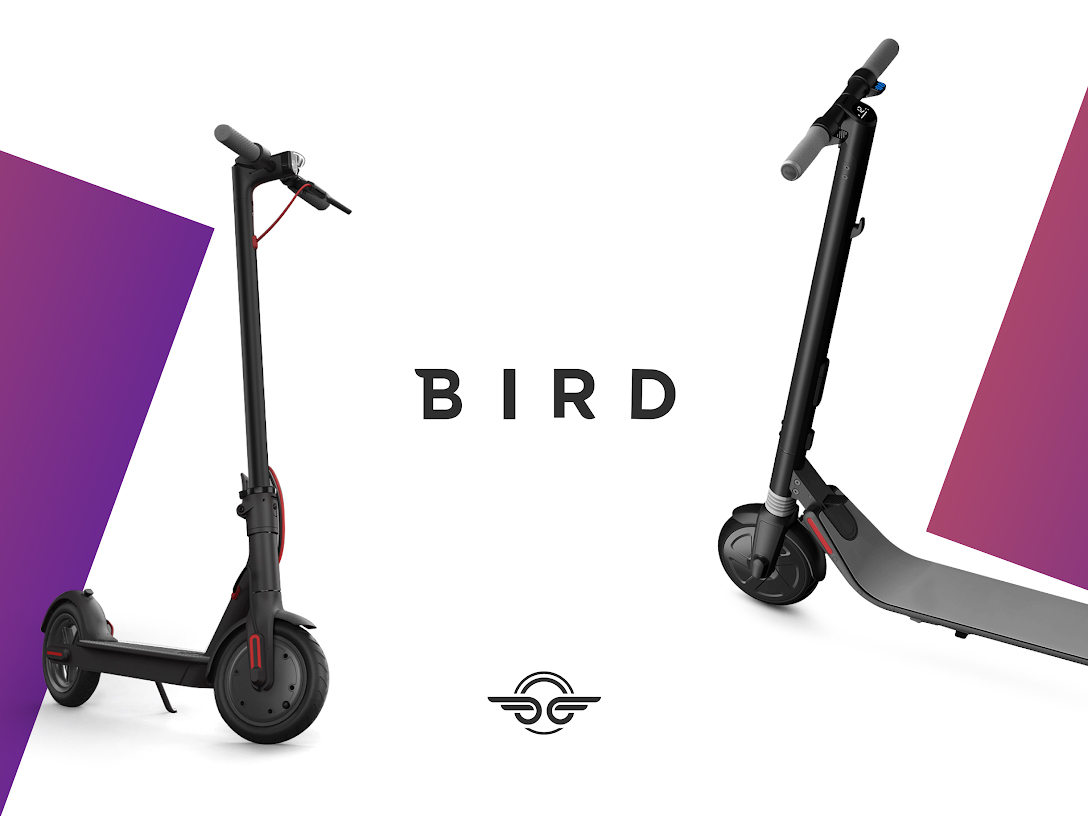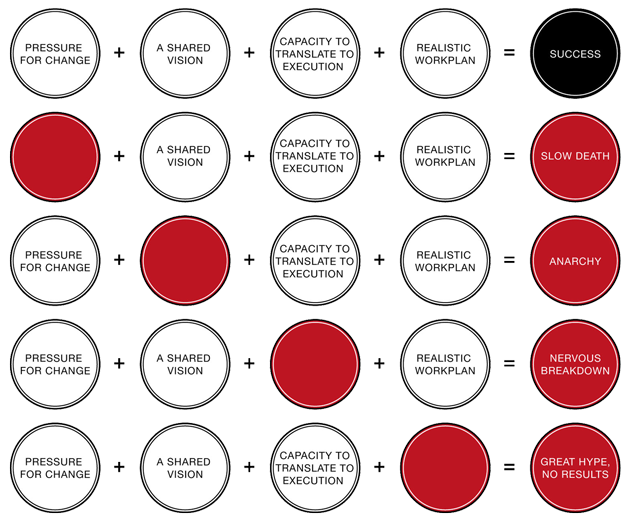Peanut butter and jelly. Abbott and Costello. Disco and dancing. Some things in this world simply go together. So why is it that business strategy and brand strategy don’t always get invited to the same parties?
Growth is the Goal
We’ve written a lot about the importance of aligning business and brand strategy. Leaders intellectually get this, but many organizations fall into ways of working where business and brand strategy represent two different schools of thought. Delivering on financial goals (business) versus understanding customers and their needs (brand). Defining winning through the lens of revenue, profit, and market share versus winning hearts (and then wallets) through engaging experiences. Economics versus Psychology. Science versus Art. The truth is, these are just different sides of a bigger conversation (we call it a Growth Manifesto) that revolves around how an organization drives growth.
The lack of alignment between business and brand strategy results from not having this shared vision of growth. Without it, the business side of the house will identify, quantify, and prioritize growth opportunities that most readily deliver on an organization’s financial goals. Brand and marketing teams will develop new and better ways to meet their customer engagement goals. Product teams will develop roadmaps and pursue innovation based on how they see user needs and technology evolving. Sales teams will go to market with tactics that drive immediate wins. HR leaders will attract and retain talent based on what each silo needs. Everyone will hope (assume) they are marching to the beat of the same drummer.
The reality: situations that resemble a three- or even six-legged race. But it doesn’t have to be like this.
Aligning leaders around where the business needs to go begins with getting clear on ALL the ways an organization can or will deliver value—for customers, employees, stakeholders, and its communities. When you’ve aligned on the value you can create and the impact you want to deliver, getting brand and business strategy working together is a far easier task.
When was the last time you brought your leadership team together to discuss how you create value and for whom? A workshop that gives everyone a platform to discuss opportunities for creating new value through the lens of brand, product, customer engagement, go-to-market strategies, investing in employees, and supporting causes and communities can give you a bigger picture of the opportunity landscape. And it creates a conversation that brings business and brand strategy into the same arena.
What Your Business and Brand Strategy Should Answer Together
Once you’ve brought people together with a shared vision for creating new value, it’s time to get down to brass tacks. Answering these questions can take you a long way toward building a plan for how every part of your organization gets aligned on growth:
- What are the short- and long-term goals for the business? Is there an exit strategy? A merger or acquisition in the future? How does your brand need to support these efforts?
- What are the revenue and growth expectations? Are there specific target revenue goals the board is looking for? Your investors? Wall Street? Are your goals based on revenue, profitability, market share, or something different? How does your brand need to behave to support that strategy?
- What is the growth strategy? Is it based on selling products or solutions? Innovating new products and offerings? What role does your brand play post-sales?
- What’s the human capital plan for achieving your desired business goals? Does that involve recruiting a different team? How can your talent acquisition team become an extension of your brand team?
- What is the product roadmap? Are you entering into new markets? Developing new products? What are you building vs. buying to enhance your product offering? How can your brand open doors for you in adjacent markets?
- Is your business structured to accelerate the progress toward goals and objectives? Do you need to shift your organizational structure? Are you ready to bring new members into the C-suite? Do you have a brand leader who is also a business leader?
- How should you allocate resources to accomplish these goals?
These questions are integral for shaping both your business and brand strategies. By looking at brand and business together in the same set of questions, you’re ensuring alignment is in place before you start to execute.
Clear Goals Enable a Clear Brand Strategy
With a clearer picture of where you want your business to go, the brand strategy will answer:
- What category do you fit into?
- How do you define product-market fit?
- What is the competitive landscape?
- What is your positioning in the marketplace?
- Who are your top target audiences?
- What is the value proposition?
- In what ways is your brand unique?
- How does your brand look and feel?
- What voice does your brand speak in?
By having the conversations required to make business strategy and brand strategy work together, you’re creating your own competitive advantage (in our experience, most companies don’t commit to the discipline of doing this type of collaborative exploration). As a result, you will not only find more opportunities to differentiate your brand in ways that create value, but because the organization is aligned, you’ll be able to do it with far less friction. And this is how you drive short- and long-term growth in any market condition.
Emotive Brand is an Oakland-based brand strategy and design agency.
You may appreciate the following post on Developing a Go-to-Market Strategy.


















